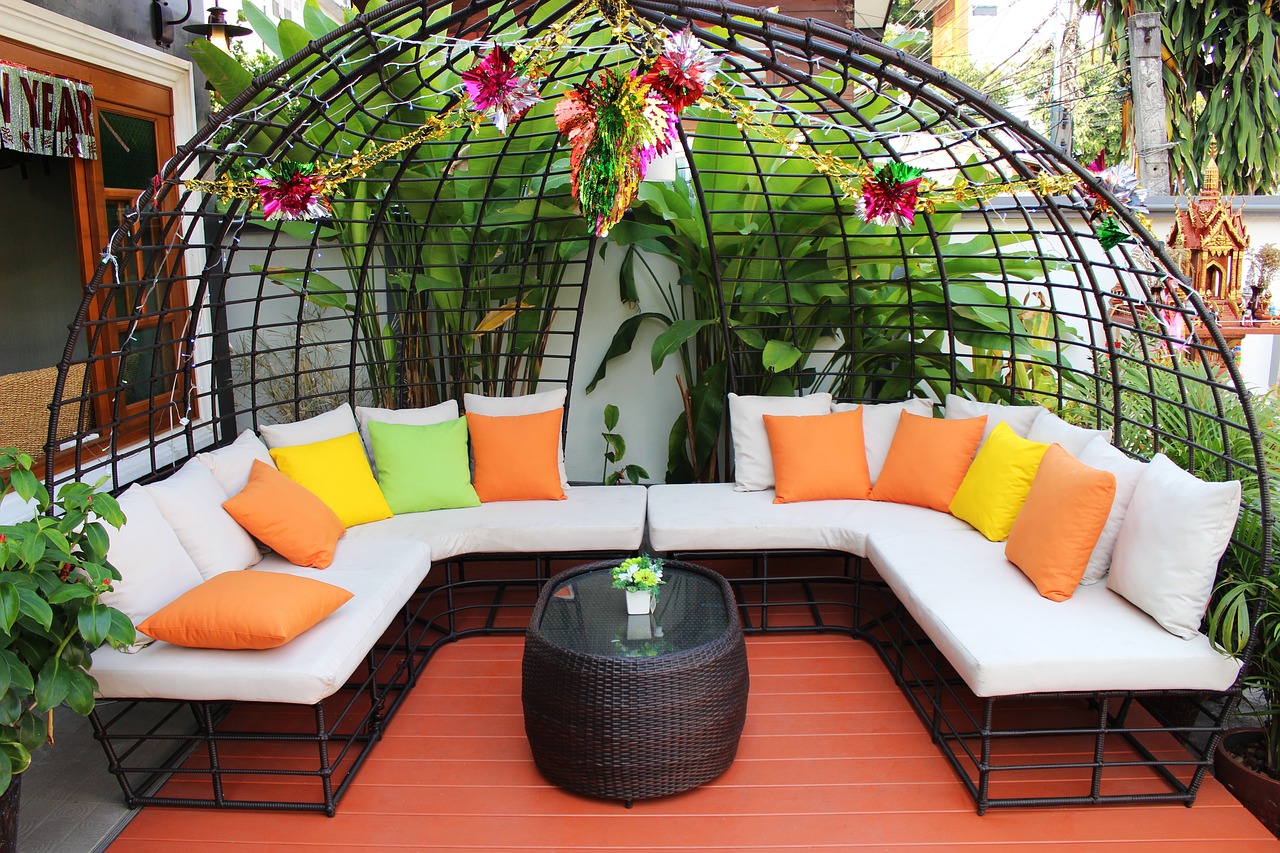Home design can be looked at like a hot pot. Throw in your ideas, your hobbies, your ideologies, and your color preferences, mix them all together, and voila: you’ve got a household that speaks to you and has a unique personality.

But what happens when you’re designing a home with your partner? Not everything you want is going to make the cut, and often not everything your partner wants are going to fit neatly with all the ingredients you’ve already stuck in the pot.
This is where compromise comes into the picture. It’s important to understand that, as a couple, you’re designing the home together, meaning there has to be a bit of leeway in order to create a house that works. If you’re about to jump into some home design and you’re worried about the disagreements that may follow, here are a few tips to prepare properly:
Sit Down, Budget, and Plan
When it comes to home design, you have to think it through. Of course, it can be easy and tempting to jump straight into things, but this can lead to a clash of concepts and a pretty untidy décor scheme.
Thinking it through also means communicating, which is crucial if you want to find ways to compromise with your partner. Talk about the budget, the plan, what you are both looking for, and what sacrifices you are willing to make. Only then will you maintain a cohesive household and more importantly a healthy relationship!
Read Also:
Different Rooms for Different Ideas
Sharing rooms can be a good way to solve your problems, especially if you are not willing to compromise on specific things, for instance, many people involved in a religion like to integrate their beliefs into their homes. Let’s say you’re a member of the Jewish faith.
The home is supposed to be a place to worship and pray to build a better relationship with God, but that can be a bit of an issue if you’re in an interfaith relationship. It’s important, therefore, to designate rooms between you and your partner.
The dining room is the hub of a Jewish home, so ask your partner if you can have control of that space, while they will have full control of the lounge. There’s no reason why they can’t have a say about features, too.
Jumping over to the nadav art site can result in plenty of dining sets that are aesthetically beautiful, no matter the faith, so plan it all through and get them involved with the ideas.
Mixing Styles Can Be Beneficial
If you’ve got to the end of your plans and compromises, but you feel like the hot pot is a bit of a mess, don’t worry too much. A lot of the time, home décor can be trial and error, and you may be surprised about how mixing styles can actually bring out the best in your home.
Remember, shared places in the house should reflect both you and your partner, as both of you are going to be spending most of your time inside of them.
If you’re sure it’s not going to work, you can always make small and meaningful compromises to make sure it does. For instance, if your partner wants a blue fabric couch but you want a white leather sofa, make it so that you decide on the material while your partner chooses the color. Small compromises like this can make a big difference, and it can also help in keeping that joined reflection that you should be striving for.









